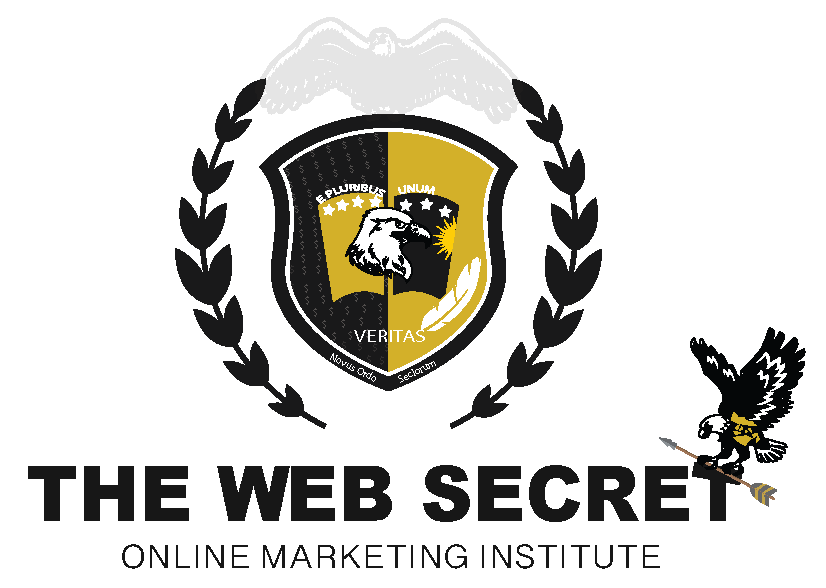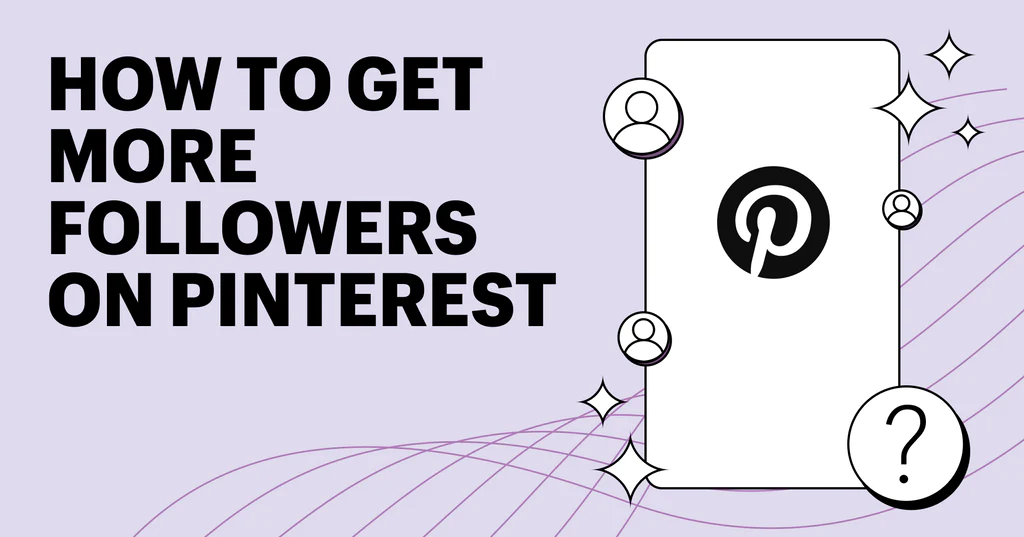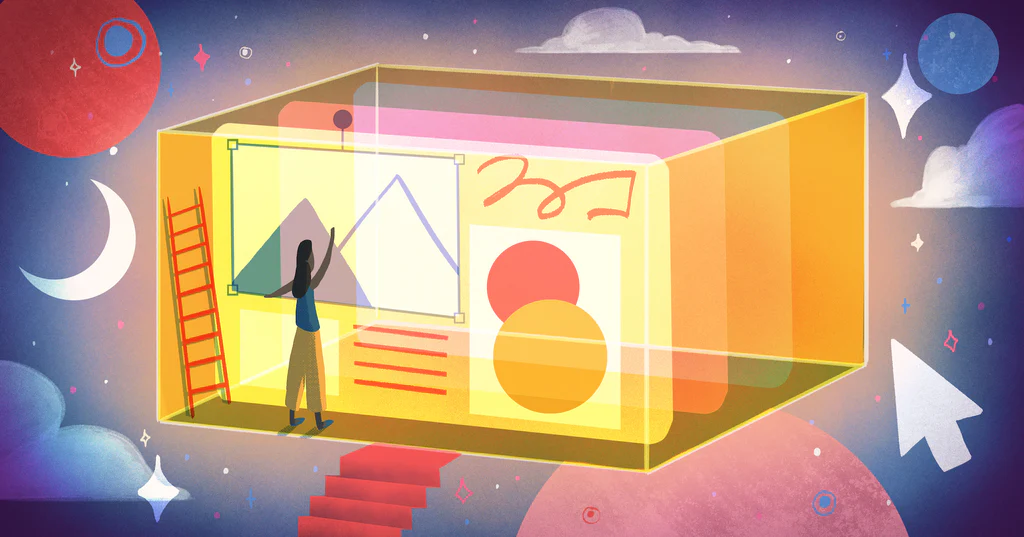
How to Sell on YouTube: 5 Easy Ways

YouTube is the second most popular social network in the world, averaging 2.6 billion active users a month and a whopping 1 billion hours of videos watched daily. As a go-to search engine for many, with a growing user base, the opportunities for business are huge. In this article, we break down how to sell on YouTube. Whether your brand is starting a YouTube channel for the first time or you’re a content creator with a small following looking to sell merch, look no further than these five easy ways to get you started.
Quick links:
1. Set up a YouTube channel
Before you start selling on YouTube, you’ll need to create a YouTube channel.
- Create a Google account. If you use Gmail, Google Maps or any other Google apps, you most likely have an account and can skip to the next step.
 The name and email address are not publicly viewable on your YouTube channel, so no need to worry about that during the setup. Once you’ve set up your Google account, you will automatically have a personal YouTube account.
The name and email address are not publicly viewable on your YouTube channel, so no need to worry about that during the setup. Once you’ve set up your Google account, you will automatically have a personal YouTube account. - Create a YouTube Brand Account by going to your YouTube account page. Simply click ‘Create a Channel’, and enter a brand name.
- Customize your YouTube Profile in your channel dashboard. Be sure to go through all three tabs: Layout, Branding, and Basic Info, to optimize your channel for discovery.
You’re all set! Some of the perks of having a YouTube brand account include YouTube Analytics, multiple account admins, and both name and appearance customization to match your brand.
2. What you need to sell on YouTube
Before you start creating video content to sell on YouTube, be sure to have checked off the following three things:
Video setup

Since YouTube is a video platform, it’s important to have a solid video setup to produce high-quality content. Most smartphones nowadays shoot 4K video, or at the very least, 1080p, a great option if you’re not looking to invest in a pricey professional camera.
Additionally, it might be worth adding a few other items to your kit to take your videos to the next level. Consider the following items for your video setup to sell on YouTube:
- A tripod: an absolute must for steady shots, plus this will make filming with different angles easy.
- Lighting: investing in a simple lighting setup will not only elevate the quality of your videos but allow you to shoot at any time of the day. Plenty of budget-friendly options are available on the market depending on what you’re looking for.
- Microphone: a microphone is worth considering if you plan on doing voice-overs or chatty videos. The enhanced sound quality makes a world of difference.
- Video editing software: editing software will go a long way, even if you’re just looking to make some simple tweaks. If you’re a Mac user, iMovie is an excellent option for beginners and, similarly, Movie Maker, its Windows counterpart.
Website or landing page
To sell on YouTube, you’ll need a website or landing page to link to your videos and ultimately drive traffic to.
You want to create content that naturally drives your audience to your linked website. For instance, popular Gen Z YouTuber Emma Chamberlain created a video trying viral coffee recipes to announce the relaunch of her brand, Chamberlain Coffee.
You can link to a dedicated page in your video to take it a step further. For example, Depop mogul turned designer, Internet Girl, uses her YouTube channel to share long-format vlogs of her process styling customers who purchase her famed “bundles”, which she links to in the description of her video.
Create a posting schedule
The key to building an engaged audience is posting consistently. Creating a posting schedule will help streamline your workflow and make regular posting feel far less daunting.
Your YouTube channel is likely part of a larger marketing strategy. Therefore, building a marketing calendar is a helpful tool for staying on top of your campaigns and key milestones for your brand. You can customize your calendar to include your social platforms, important dates, and other relevant information that will help you stay on top of publishing consistent and creative content.
3. Create engaging content
Arguably the most important factor to successfully selling on YouTube is to create engaging content. The last thing you want is to create videos that feel like ads, especially since viewers are bombarded by them as is, and are likely on YouTube for useful and interesting content. Toss your sales pitch out the window and consider these three strategies to create a meaningful connection with your audience that converts.
Identify trends within your niche
One of the most popular and effective ways to drive traffic to your videos is by identifying video trends within your niche or trends that you can tailor to your niche. This is useful for two reasons; to determine topic ideas that generate interest and to capitalize on breakout topics with solid interest and less competition.
Videos based on these topics are more likely to be picked up by the YouTube algorithm and shown as ‘Suggested Videos’ and on users’ homepages.
Use these three tricks to find trends:
- YouTube Trending Videos.

YouTube’s Trending Page features a curated list of viral videos that categorize what’s trending based on different categories: Now, Music, Gaming, and Movies. This list is updated every 15 minutes to reflect the latest trends accurately. - Scope out similar brands and creators.
Study your competitors to see what videos they’re creating and how well they’re performing. This will give you valuable insight into what topics resonate with your shared demographic and how you can emulate and
innovate those ideas. - Google Trends for YouTube.
Google Trends for YouTube is a great keyword research tool that displays how popular a topic is relative to other topics from YouTube search queries. Not only can you find the most up-to-date stats but also sort through interest by region, interest over time, and related breakout topics.
Leverage YouTube’s resources
As other social media platforms rise in popularity, such as TikTok and Twitch, YouTube has adapted its platform to include similar competitive features such as YouTube Shorts and YouTube Live.
YouTube Shorts
YouTube Shorts are short-form (60 seconds or less), vertical format videos, often filmed using a smartphone and uploaded directly within the YouTube app. What’s great about YouTube Shorts is its ability to convert viewers into subscribers to your channel, a must if you’re looking to ultimately sell and expand your audience.
Check out how Shopify merchant Simji uses Shorts to show the behind-the-scenes process of making their rugs.

YouTube Live
YouTube Live is the second most popular live-streaming site. Because the YouTube algorithm favors live videos, if your stream fits into someone’s niche, you’ll find many more viewers tuning in.
Not only is it a feature guaranteed to drive more traffic to your channel, but is also a great way to engage with your viewers in real-time and use hype to garner more interest. The interactive format translates well to commerce because creators can directly respond to viewers, and even invite them on, which further builds a sense of trust between both parties. Popular beauty YouTuber, Jackie Aina, did just that by hosting a live-stream event to sell her FORVR Mood candles.
Live streams stay up on your YouTube channel after its initial broadcast, making them a great source of evergreen content for viewers who were unable to join or would like to re-watch.
Popular video ideas
Still stumped on what videos to create? Consider these ideas as starting points and let your creativity run wild.
How-to videos
Since YouTube is one of the most popular search engines, consider creating how-to videos that answer common questions. What’s great about these videos is they often fall under the category of evergreen content, which refers to content that is continually relevant.
Shopify merchant, Quench Soap, uses her YouTube channel to share how-to videos of the making of some of her products. These double as behind-the-scenes content, which tends to perform well by reassuring customers of your product’s quality and giving an inside look at the manufacturing process.
Industry-focused videos
Q&A and brand-specific videos have limited audience potential, which will only take you so far, especially if you’re just starting out on YouTube. This is why industry-focused videos are the way to go and, when done right, have the potential to reach a much larger audience. These videos should offer solutions to common problems in your niche, provide interesting facts, or share other insights that you, as an expert, have in the field.
Check out Brad Mondo’s video, in which he breaks down how to determine your hair type and uses the video to showcase the benefits of his own hair care line, XMONDO, for each hair type.
4. YouTube Ecommerce
Now that you’re acquainted with YouTube and have some content strategies down, let’s take a look at how to take advantage of YouTube’s selling potential and boost your e-commerce sales.
YouTube Partner Program

The YouTube Partner Program allows creators of a certain size to monetize their videos. There are specific eligibility requirements your channel must meet to be able to become a partner.
Currently, the requirements are as follows:
- Have at least 1000 subscribers.
- Have more than 4,000 valid public watch hours in the last 12 months.
- Have no active Community Guidelines strikes on your channel.
- Live in a country/region where the YouTube Partner Program is available.
- Have a linked AdSense account.
Once you’ve been accepted, you’ll be able to make ad revenue, deals with advertisers, and have better luck with the YouTube algorithm because of monetization.
How to sell merch on YouTube
Selling merch on YouTube can be a lucrative revenue stream and is feasible whether you have a small or large following. Plus, setting up your own store gives you, the creator, full control of your brand, products, and values without relying on legally binding contracts.
Selling merch is also a great way to engage your fans, allowing them to support you while getting something in return.
The two most popular types of merch to sell on YouTube are:
- Physical Merch
Physical merchandise can include everything from typical fan merchandise (your slogan/brand on t-shirts, hats, mugs, etc.) to art prints or handmade items. - Digital Merch
Digital merchandise has become increasingly popular over the last several years and is topical for many creators, considering their jobs. Digital merchandise can include filter presets, smartphone icons, and digital instructions for a recipe or craft. What’s great about this type of merch is its instant delivery and ability for customization.
Include product links
The goal of promoting your brand on YouTube is to ultimately sell products which is why including product links is so important. The most common way to include links is in the description of your video, where you can link products mentioned in your video for helpful reference or link out to your storefront.
Integrate your store
Integrating your store is a step up from including product links in the description of your video. This method takes a bit more time because you need to be eligible for monetization in the YouTube Partner Program and have a Shopify store. However, the benefits of YouTube Shopping far outweigh solely including product links for these reasons:
- Up-to-date product imagery and price shown
- Out-of-stock products auto-unlinked
- Products shown at correct time during videos
- Orders attributed to YouTube in admin
- Picture-in-picture playback on mobile on Lives
The YouTube Shopping integration allows successful content creators to connect their Shopify store to their channel and sell via their channel page and videos.

Check out this example of Beardbrand’s store integration, allowing viewers to shop the products featured in the video.
5. Streamline your marketing strategy
Implementing all the tips and tricks you’ve learned so far won’t be enough unless you have a streamlined marketing strategy in place. Keep these top tips in mind to take your channel to the next level.
Collaborate with other channels or influencers
Commonly referred to as “collabing,” this is a great way to promote your channel and products to new audiences. Typically YouTubers will partner with similar creators on videos that are published on both parties’ accounts.
For example, Rclbeauty101 collabed with Bethany Mota, creating a video each for their respective channels.


Bethany Mota and Rclbeauty101 both make beauty, fashion, and lifestyle-related content. The collaboration was an effective way to promote each of their brands to their similar audiences.
Another great option is to partner with influencers to get your brand out there. When making purchasing decisions, people tend to trust other people more than they do advertisements. This is why partnering with an influencer with a following that aligns with your target audience can be beneficial.
Call to action
It’s essential to always include calls to action. If a viewer is intrigued enough to click on your video and watch it, it won’t be difficult to convert them to follow through with subscribing, liking the video, or clicking a link. Make sure to incorporate several calls to action throughout your video. The goal isn’t to necessarily have viewers immediately buy something but rather to be engaged enough to stick around, grow a connection with your brand, and trust that your products are worth buying.
Optimize for SEO
When done right, SEO has countless benefits, including increasing video ranking, traffic, more sales, and leads. Here are the two ways you can use SEO to rank higher in search.
Take advantage of transcripts
Subtitles are not only great for accessibility but are also favored by the algorithm. This is because when you insert a .srt file into your videos, the algorithm has more information to understand your content and ultimately help it perform better. Transcribing your content is a small step that will take your videos a long way.
Write great video titles and descriptions
Your video title and description are the first things your viewers will read and need to be optimized for maximum engagement. While it might seem obvious, you want to make your video titles, and descriptions relevant to the search query. To do this, include the main keywords and specify who your content is for. Make sure your title and description are to the point, interesting, and speak to your audience.
How to sell on YouTube: summary

Here’s a summary of the five ways to sell on YouTube:
- Set up a YouTube channel
- Have a solid video setup, website, or landing page, and create a consistent posting schedule
- Create great content by identifying trending opportunities and maximizing YouTube’s resources
- Make money on YouTube by selling merch, joining the Partner Program, and integrating your store
- Streamline your marketing strategy
Remember, selling on YouTube means playing the long game. Creating great videos and building a community will naturally bring traffic and sales to your ecommerce store.
Plus, YouTube isn’t just beneficial for selling but also allows successful creators multiple routes to monetization including ad revenue sharing, premium membership fee sharing, and tipping to name a few. All this to say, investing in YouTube creates a more sustainable income route to creators than many other creator platforms.
Now that you know the ins and outs of how to sell on YouTube, there’s no better time to start than right now.







[…] said, ecommerce fraud is a growing problem for brands, and it’s more important than ever for business owners to protect themselves and their […]